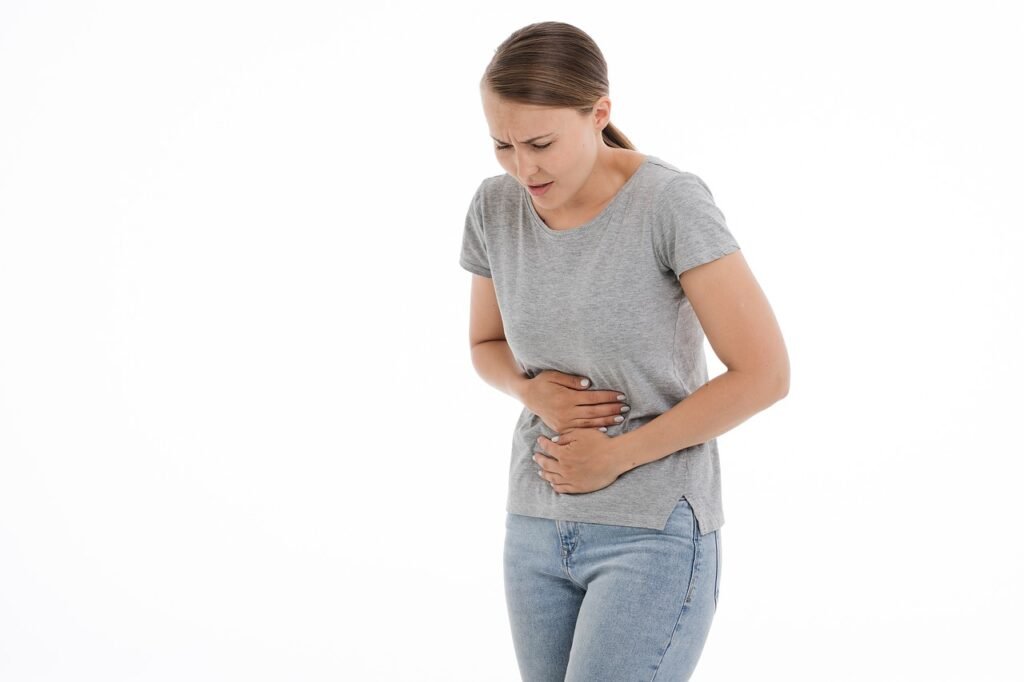A ketogenic diet is very low carb, adequate-protein, high fat diet that provides so many health benefits and help you to lose weight. This diet may have benefits against cancer, diabetes, epilepsy, and Alzheimer’s disease.
Below is a detailed guide to the ketogenic diet.
What is a ketogenic diet?
Keto basics
The ketogenic diet is very similar to the Atkins diet that involves low carbs and high fat. This diet reduce carbohydrate intake and replace it with fat. This reduction puts your body into a metabolic state called ketosis.
In this process, your body starts to burn fat for energy. It turns fat into ketones in liver and it supply energy for the brain. Ketogenic diets can make reductions in blood sugar and insulin levels.
Different types of ketogenic diets
- Standard ketogenic diet (SKD)
- Cyclical ketogenic diet (CKD)
- Targeted ketogenic diet (TKD)
What is ketosis?
Ketosis is a metabolic state in your body which occurs through reduction in consumption of carbohydrates and limit the supply of glucose. In this metabolic state, your body replace carbs with the fat. Ketogenic diet is a best possible way to enter ketosis. This process limits the carb consumption to around 20 to 50 grams per day and fills it with fats such as meat, eggs, fish, nuts, and healthy oils.
It also involves moderating your protein consumption. The high amount of protein can be converted into glucose and it may slow the transition into ketosis.
You could also practice intermittent fasting to enter ketosis faster. In this method you need to limit your food intake for 8 hours per day and fasting for rest of the time.
You can presence of ketosis in your body by blood, urine, and breath tests.
Ketogenic diets can help you lose weight
Ketogenic diet is most significant way to lose weight. Some research shows that it is may equal to a low fat diet. Isn’t it good that you don’t need to count your calories while losing weight? It is found in a study that ketogenic diet can may more effective for long-term diet than a low fat diet. It also helps to reduce diastolic blood pressure and triglyceride levels.
Read | 3 steps to lose weight quickly
Ketogenic diets for diabetes and prediabetes
Ketogenic can also help you in diabetes, prediabetes and metabolic syndrome as they all are linked with excess fat. According to a study ketogenic diet can whop 75% of insulin sensitivity. Ketogenic diet can also improve blood sugar management and reduce levels of haemoglobin.
Read | Treatment of Type 2 Diabetes
Other health benefits of keto
The ketogenic diet considered as a tool for treating neurological diseases. This diet can be helpful to treat various of health conditions such as:
- Heart disease
- Cancer
- Alzheimer’s disease
- Epilepsy
- Parkinson’s disease
- Polycystic ovary syndrome
- Brain injuries
Foods to avoid

There should be limit in foods that are high in carbs. Below is a list of foods that should be eliminated or reduced:
- Sugary foods: soda, fruit juice, smoothies, cake, ice cream, candy, etc.
- Grains or starches: wheat-based products, rice, pasta, cereal, etc.
- fruit: all fruit, except small portions of berries like strawberries
- Beans or legumes: peas, kidney beans, lentils, chickpeas, etc.
- Root vegetables and tubers: potatoes, sweet potatoes, carrots, parsnips, etc.
- low fat or diet products: low fat mayonnaise, salad dressings, and condiments
- Some condiments or sauces: barbecue sauce, honey mustard, teriyaki sauce, ketchup, etc.
- Unhealthy fats: processed vegetable oils, mayonnaise, etc.
- alcohol: beer, wine, liquor, mixed drinks
- Sugar-free diet foods: sugar-free candies, syrups, puddings, sweeteners, desserts, etc.
Foods to eat

You can choose these foods to add to your meal:
- meat: red meat, steak, ham, sausage, bacon, chicken, and turkey
- fatty fish: salmon, trout, tuna, and mackerel
- eggs: pastured or omega-3 whole eggs
- butter and cream: grass-fed butter and heavy cream
- cheese: unprocessed cheeses like cheddar, goat, cream, blue, or mozzarella
- Nuts and seeds: almonds, walnuts, flaxseeds, pumpkin seeds, chia seeds, etc.
- healthy oils: extra virgin olive oil, coconut oil, and avocado oil
- avocados: whole avocados or freshly made guacamole
- Low carb veggies: green veggies, tomatoes, onions, peppers, etc.
- condiments: salt, pepper, herbs, and spices
A sample keto meal plan for 1 week
To start your diet, there’s a sample ketogenic diet meal plan:
Monday
- breakfast: veggie and egg muffins with tomatoes
- lunch: chicken salad with olive oil, feta cheese, olives, and a side salad
- dinner: salmon with asparagus cooked in butter
Tuesday
- breakfast: egg, tomato, basil, and spinach omelette
- lunch: almond milk, peanut butter, spinach, cocoa powder, and stevia milkshake (more keto smoothies here) with a side of sliced strawberries
- dinner: cheese-shell tacos with salsa
Wednesday
- breakfast: nut milk chia pudding topped with coconut and blackberries
- lunch: avocado shrimp salad
- dinner: pork chops with Parmesan cheese, broccoli, and salad
Thursday
- breakfast: omelette with avocado, salsa, peppers, onion, and spices
- lunch: a handful of nuts and celery sticks with guacamole and salsa
- dinner: chicken stuffed with pesto and cream cheese, and a side of grilled zucchini
Friday
- breakfast: sugar-free Greek, whole milk yogurt with peanut butter, cocoa powder, and berries
- lunch: ground beef lettuce wrap tacos with sliced bell peppers
- dinner: loaded cauliflower and mixed veggies
Saturday
- breakfast: cream cheese pancakes with blueberries and a side of grilled mushrooms
- lunch: Zucchini and beet “noodle” salad
- dinner: white fish cooked in coconut oil with kale and toasted pine nuts
Sunday
- breakfast: fried eggs with and mushrooms
- lunch: low carb sesame chicken and broccoli
- dinner: spaghetti squash Bolognese
Healthy keto snacks
It’s quite common that you can get hungry between meals, below are some healthy, keto-approved snacks:
- fatty meat or fish
- cheese
- a handful of nuts or seeds
- keto sushi bites
- olives
- one or two hard-boiled or devilled eggs
- keto-friendly snack bars
- 90% dark chocolate
- full-fat Greek yogurt mixed with nut butter and cocoa powder
- bell peppers and guacamole
- strawberries and plain cottage cheese
- celery with salsa and guacamole
- beef jerky
- smaller portions of leftover meals
Side effects and how to minimize them
The ketogenic diet is considered to be safe for most of the people, but there can be some initial side effects as your body take time to adapt these changes. These effects generally referred as keto flu. These can be usually over within a week. Diarrhea, constipation, and vomiting are some common symptoms of keto flu. Other symptoms include:
- poor energy and mental function
- increased hunger
- sleep issues
- nausea
- digestive discomfort
- decreased exercise performance

Risks of the keto diet
Keto diet may have some negative effects while staying in the long term.
- low protein in the blood
- extra fat in the liver
- kidney stones
- micronutrient deficiencies
Other Health Articles you may like
- A detailed guide to Ketogenic Diet
- Know more about Pneumonia
- Everything About Cancer
- Intermittent Fasting – 6 Popular Ways
- Ketosis- signs and symptoms
- Health Benefits of Ajwa Dates
- Ketogenic Diet Foods
- What is Blue Waffle Disease?
- Functions of Blood Platelets
- White Blood Cells – Types & Functions
- Know why your lower back pains after Intercourse
- H.E Dr. Hanan Mohamed Al Kuwari | Minister of MOPH Qatar
Please Subscribe Us to get updated with Qatar News, Saudi News, Kuwait News, Health News, UAE News, Iqama, Visa, Jobs, Banking and More.



